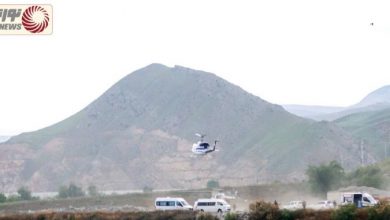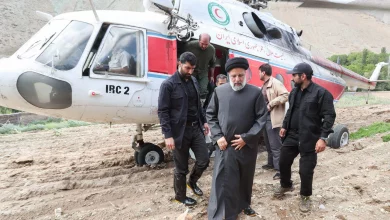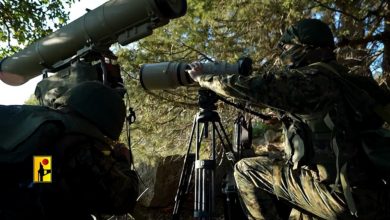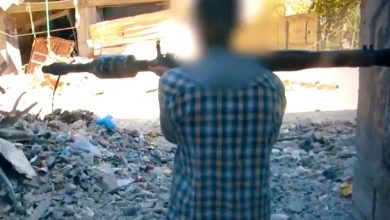Palestine
Explainer: The three-phase agreement Hamas has agreed to
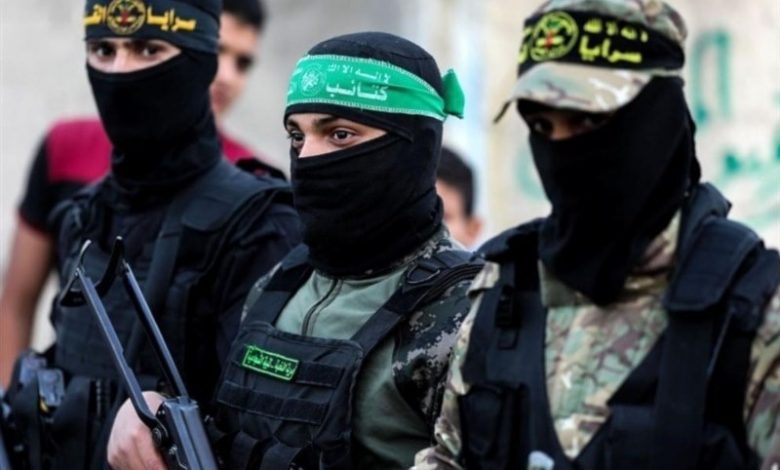
The Islamic Resistance Movement – Hamas informed mediators on Monday that it has agreed to a proposed prisoner exchange and ceasefire deal with the Israeli occupation.
The proposal would include three phases, each lasting 42 days.
The guarantor countries for the agreement will be Qatar, Egypt, the United Nations, and the United States.
Phase one
- A temporary ceasefire would commence, coupled with the withdrawal of Israeli occupation forces from the Netzarim corridor [which currently serves as a demarcation line dividing northern and southern Gaza].
- Israeli forces are set to withdraw from eastern and residential areas of Gaza.
- Military aviation and surveillance over the region will cease for 10 hours daily, extending to 12 hours on days of prisoner releases.
- The daily entry of 600 aid trucks, including 50 fuel trucks, with 300 specifically allocated for northern Gaza.
- IOF to fully withdraw from al-Rashid Street on day three, enabling forcibly displaced Palestinians to return home and humanitarian aid to enter without obstacles.
- IOF will withdraw from Gaza’s central areas on day 22, including the Nitzarim Axis and the Kuwait Roundabout.
- Under the terms of the agreement, the Resistance will release Israeli captives, including non-military, elderly, and those who are sick and under the age of 19. In reciprocation, “Israel” will release 30 Palestinian children and women for each female Israeli prisoner, based on lists provided by Hamas.
- Hamas will release all living Israeli female soldiers in exchange for 50 Palestinian prisoners per soldier.
- Three Israeli prisoners will be released on the third day, followed by another three every seven days.
- During the sixth week, Hamas will release the remaining civilian prisoners covered in this phase, with “Israel” releasing the agreed-upon number of Palestinian detainees.
- On day 22, “Israel” will release all prisoners from the Shalit deal who were re-detained, and any detainees held after October 7, 2023.
- The exchange process is contingent on compliance with the agreement terms, including halting mutual military operations and completing necessary legal procedures to prevent the re-arrest of Palestinian prisoners.
- Sanctions imposed on Palestinian prisoners and detainees after October 7, 2023, will be lifted, and their conditions improved.
- The United Nations and its agencies, including UNRWA, will continue their services in Gaza during the three phases, commencing infrastructure rehabilitation across all Gaza areas, accompanied by the necessary civil defense equipment and debris removal.
- The agreement facilitates the entry of necessary supplies for housing forcibly displaced individuals who lost their homes during the war, with no fewer than 60,000 temporary housing units.
- Plans for comprehensive reconstruction of homes, civil structures, infrastructure, and compensation for the affected will commence.
Phase two - The return of sustainable calm and the cessation of military operations, with its commencement.
- The announcement of the cessation of military operations precedes the exchange of male prisoners.
Phase three
- The exchange includes all bodies and remains of Resistance martyrs, Palestinians, and IOF casualties after identification.
- Beginning the implementation of a reconstruction plan for the Gaza Strip in three to five years and compensation for all affected individuals.
- The Palestinian side would refrain from rebuilding military facilities and military infrastructure.
- The Palestinian side would not import any equipment, raw materials, or other components used for military purposes.
- The complete blockade on the Gaza Strip would be lifted.
It is worth noting that rehabilitation and operation of essential facilities such as hospitals, health centers, and bakeries across all sectors of Gaza will be initiated at every phase of the agreement.

